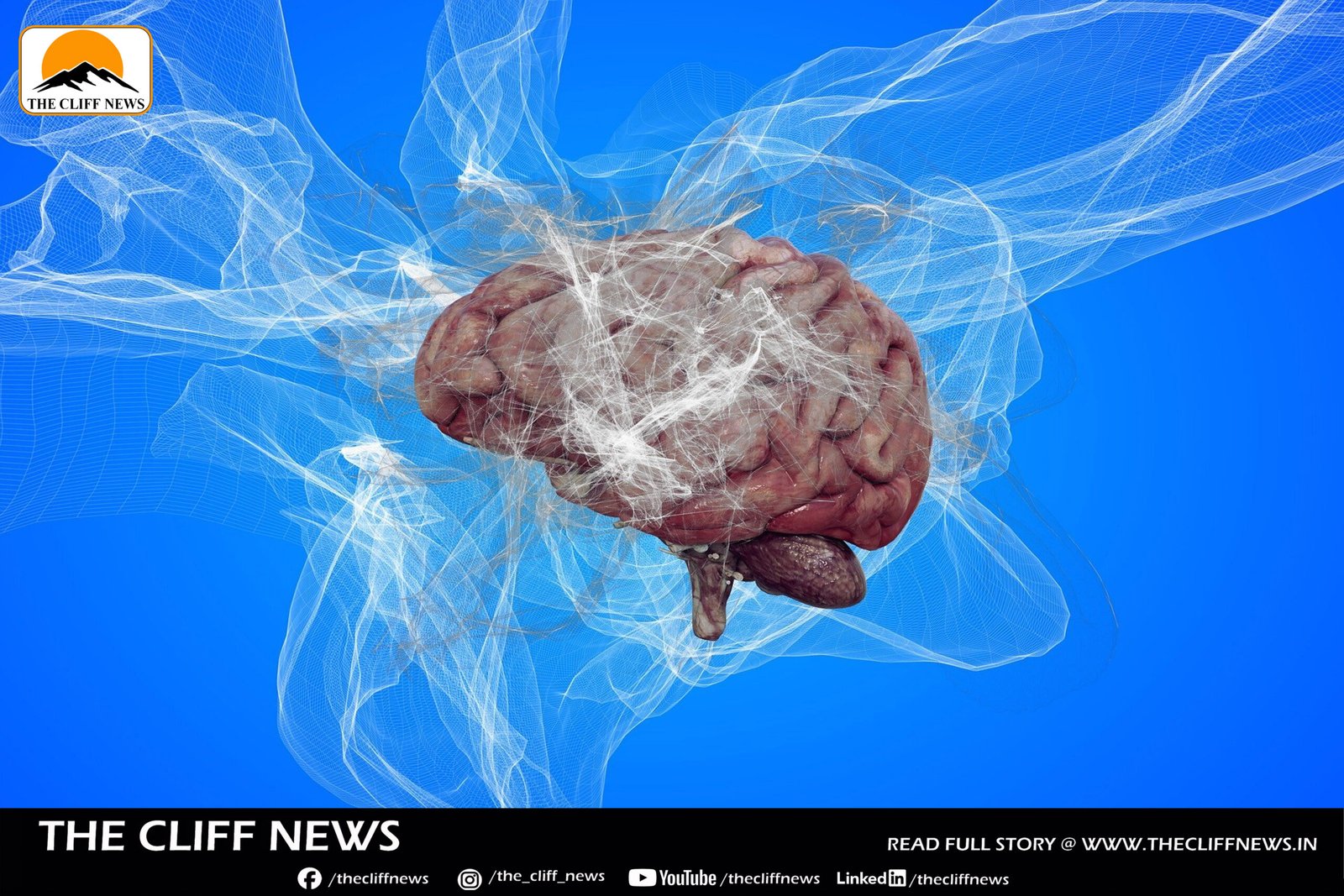🧠 What Did the Scientists Do?
- Analyzed gene expression in the brains of Alzheimer’s patients at a single-cell level, focusing on neurons and glial cells.
- Compared these Alzheimer’s-specific gene expression “signatures” with those caused by 1,300 FDA-approved drugs in the Connectivity Map database.
- Identified 86 drugs that reversed these gene signatures in at least one brain cell type, 25 in multiple cell types, and 10 that are already FDA-approved.
💊 Breakthrough Discovery
- A combination of two cancer drugs showed the most potential.
- These drugs reversed brain degeneration and improved memory in mouse models of Alzheimer’s.
- The team also used millions of electronic health records to show that people taking these drugs were less likely to develop Alzheimer’s.
🧬 Why This Is Important
- Alzheimer’s is not caused by a single gene or pathway; it’s a complex, multi-gene disorder.
- Traditional drug discovery, which targets one gene or protein at a time, has had limited success—only two Alzheimer’s drugs approved to date, with minimal clinical benefit.
- This new computational approach offers a holistic, systems-level solution by reversing the overall dysfunctional gene activity in the brain.
🔍 What’s Next?
- Further preclinical studies to validate the safety and efficacy of the cancer drug combination in Alzheimer’s models.
- Potential clinical trials in humans if results continue to be promising.
- Deeper investigation into how these cancer drugs affect neuronal and glial gene expression in Alzheimer’s.
🗣️ Expert Insights
“We’re excited that our computational approach led us to a potential combination therapy for Alzheimer’s based on existing FDA-approved medications.”
— Dr. Marina Sirota, UCSF
“This makes it very challenging for drug development—which traditionally produces one drug for a single gene or protein that drives disease.”
— Dr. Yadong Huang, Gladstone Institutes
🧠 The Bigger Picture
This study could pave the way for repurposing existing drugs to treat complex neurological conditions like Alzheimer’s, using AI and big data to accelerate drug discovery and reduce development costs.



